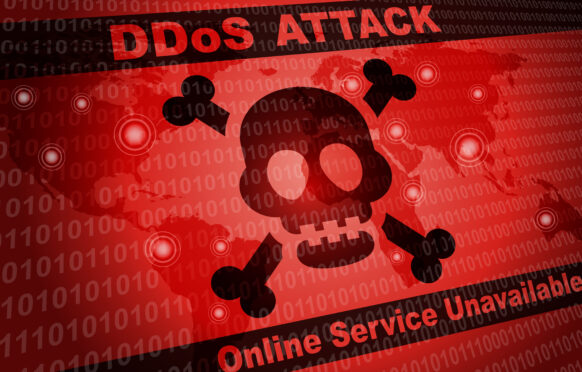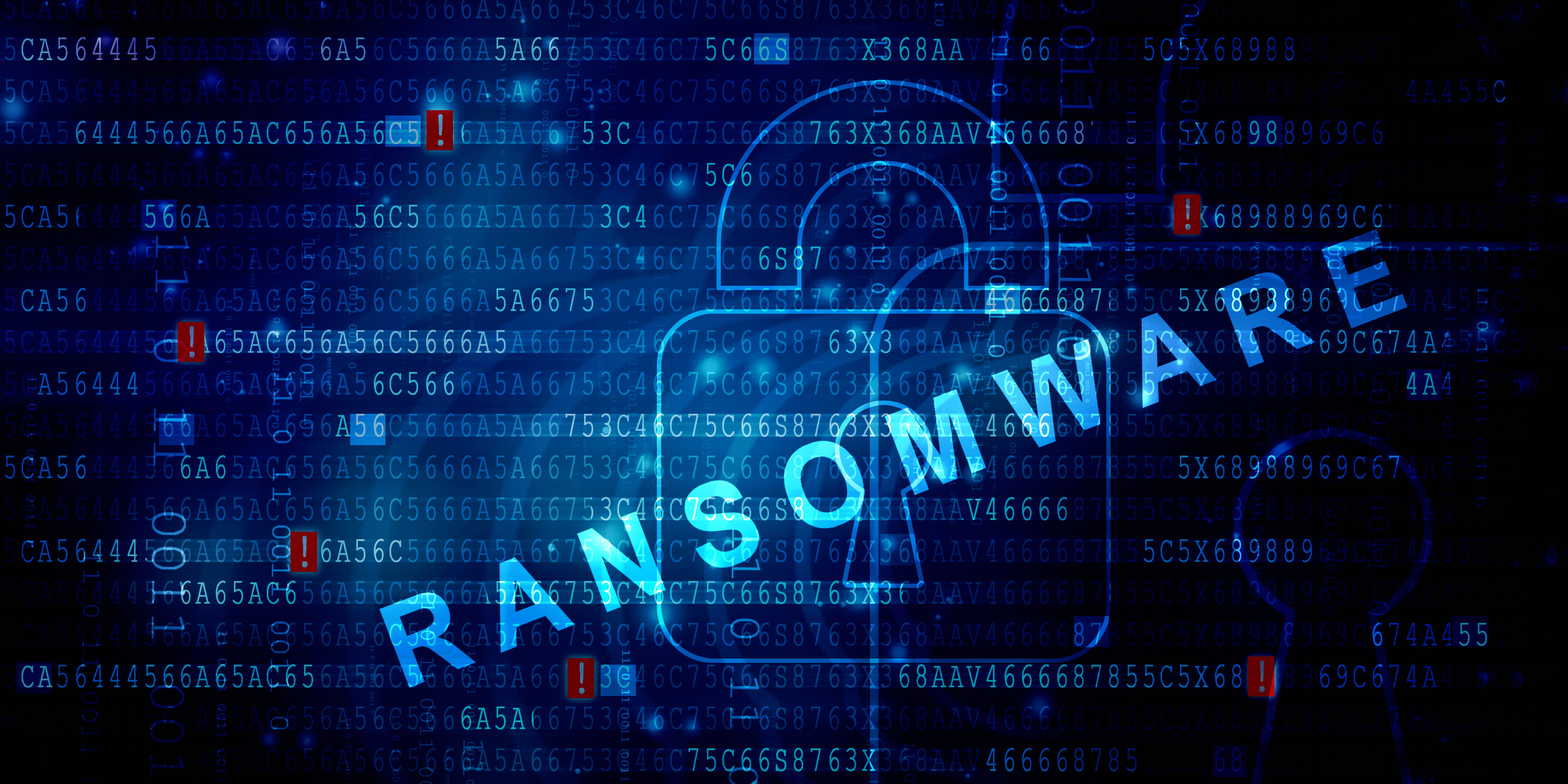
An organization is only as secure as its weakest link — and the software supply chain is most often where the weakest link is found. A supply chain attack is a sophisticated cyberattack where malicious actors compromise a service provider to gain unauthorized access to its end users. Since 2018, the number of organizations impacted by supply chain attacks has increased by 2,600%. Notable supply chain attacks such as the 2020 SolarWinds and 2021 Log4j vulnerability have demonstrated just how far-reaching consequences can be, including financial loss, major operational disruption, and reputational damage.
Understanding Supply Chain Attacks
A typical supply chain attack unfolds in multiple stages. It often starts with attackers identifying vulnerable suppliers or service providers in the target company’s supply chain. These third-party vendors might be smaller, have less robust security measures, or may be seen as a more accessible entry point into the larger organization. Once a weak link is identified, attackers use various techniques to compromise it. These could include phishing attacks, exploiting software vulnerabilities, DDoS attacks, and other tactics.
Once they’ve infiltrated the supplier’s systems, attackers embed malicious code into legitimate software or updates. This compromised software or update is then distributed to the primary target, often unbeknownst to the supplier and the target. Once the target installs the compromised software, the attackers gain access to the target’s systems and sensitive data, enabling them to carry out their malicious activities.
Wake-Up Calls on Supply Chain Vulnerabilities: SolarWinds and Log4j
The SolarWinds attack stands out as a notorious example of a large-scale supply chain attack. Attackers compromised the software update mechanism of SolarWinds, a widely used IT management software provider. The initial compromise allowed hackers to distribute malware to thousands of SolarWinds customers, including several U.S. government agencies. The attack went undetected for months, causing extensive data breaches and compromising critical infrastructure.
In 2021, a critical vulnerability was discovered in the Apache Log4j logging library, known as Log4Shell. This vulnerability allowed attackers to remotely execute arbitrary code on any system that used an unpatched version of Log4j. Due to the widespread use of Log4j, this vulnerability quickly became one of the most severe supply chain attacks in history. Even two years later, it’s estimated that nearly 4,000 businesses worldwide are still vulnerable to Log4j exploits.
Safeguarding Your Supply Chain
While supply chain attacks are complex and challenging to detect, there are several strategies organizations can take to secure the software supply chain:
- Conduct Rigorous Third-Party Risk Assessments: Before engaging with any new supplier or service provider, thoroughly assess and request documentation on their security practices to ensure they meet your organization’s security standards.
- Implement Stringent Supplier Security Policies: Incorporate robust requirements into contracts with all third-party vendors, mandating they maintain effective security protocols.
- Establish Procurement Policies: Employees often use what’s called “shadow IT,” which involves using tools and software services that the business may not have explicitly approved. This can introduce risks if the security team is not aware these tools are being used. In partnership with other business units, such as legal and finance, it’s important to establish an official procurement policy to ensure there are no blind spots.
- Continuous Monitoring: In addition to monitoring and auditing your suppliers to identify and address any vulnerabilities, it’s crucial to constantly monitor your own systems for any signs of breaches or malicious activity. Monitoring the dark web for mentions of ransomware targets within your supply chain can also be helpful. If any targets are discovered, you can lock access to your environment to protect your organization.
The threat of supply chain attacks looms larger than ever, given organizations’ reliance on various digital tools to conduct daily operations. With continued vigilance, proactive measures, and a commitment to strong security practices, organizations can minimize the risk of falling victim to these attacks. Contact our experts to learn how Devo can help you monitor for suspicious activity.





